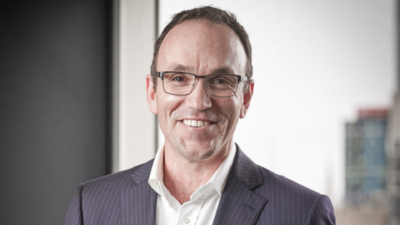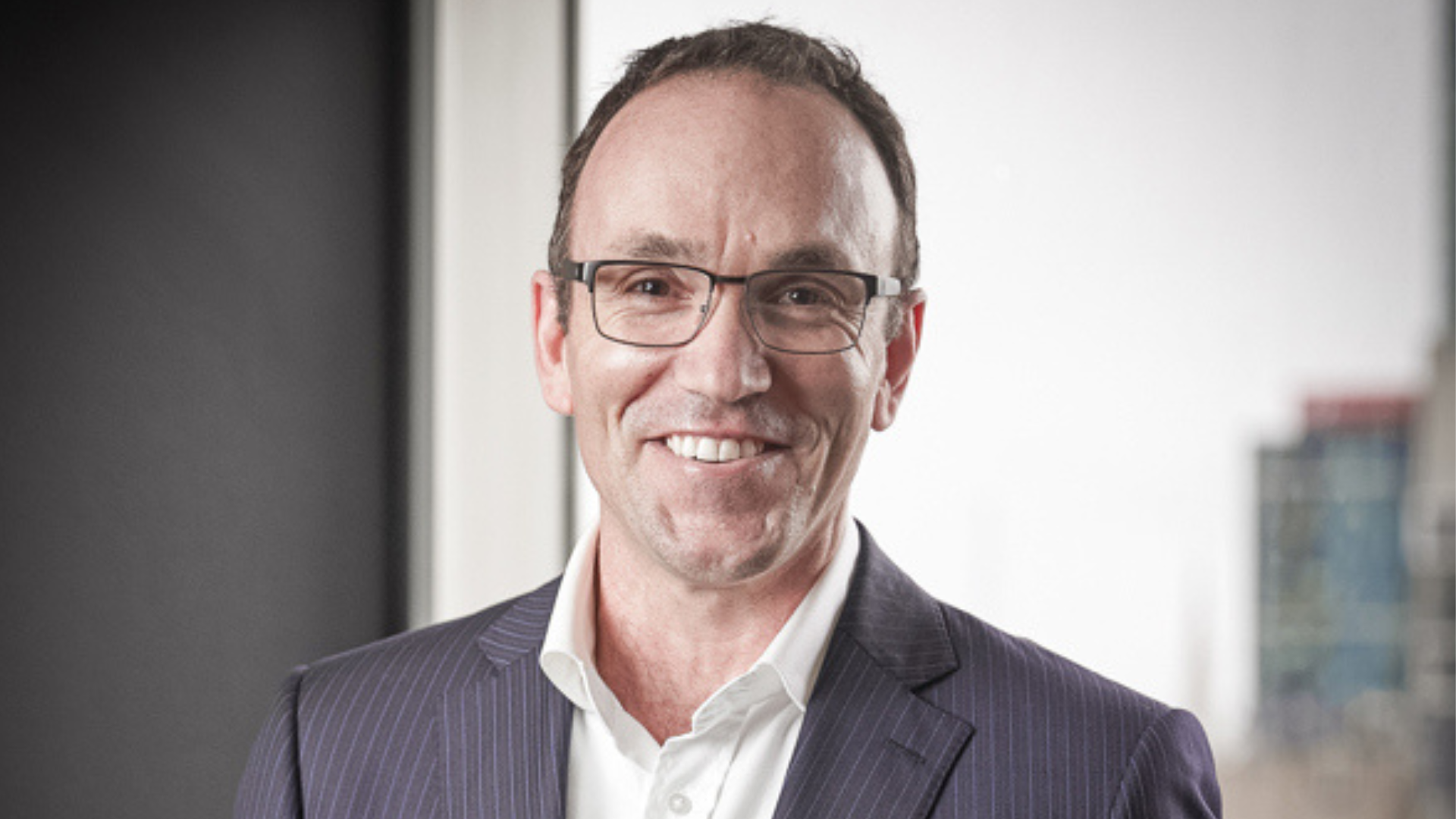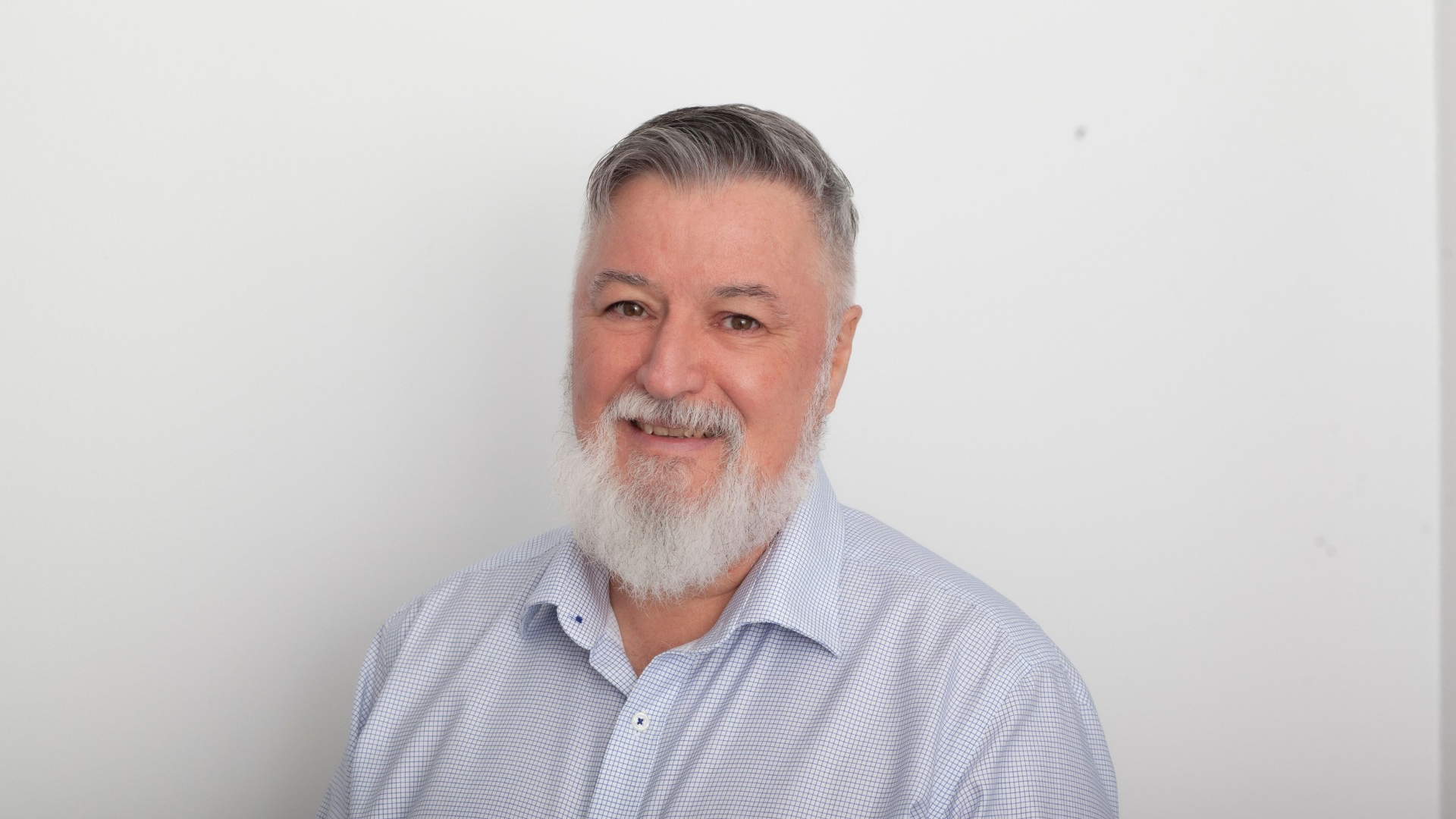How funds can add 1% to returns … it’s complicated
The world’s leading pension and sovereign wealth funds, including Australia’s Future Fund, do not believe it is likely that institutional investors can achieve the standard returns target of inflation plus 4 per cent over the next five years. They believe, however, that by adopting best-practice procedures they can add an additional 1 per cent a year.
A study of 15 big funds with assets totalling US$4 trillion, conducted by Willis Towers Watson on behalf of the Future Fund, shows that most (a 50 per cent weighting) think the target is unlikely to be achieved, a further 33 per cent think there is just a 50:50 chance of it being achieved, and 6 per cent think it’s “very unlikely” to be achieved. Only 6 per cent think it’s likely and 6 per cent think it’s “very likely” to be achieved.
The study, which includes four sovereign wealth funds and 11 funds with pension liabilities (five of the funds are resident in the Asia Pacific region) seeks to identify areas where all funds can focus to achieve most value in the future by adopting best practice. It is called “Smart Leadership. Sound Followship”.
The report says: “The study participants view the challenges of meeting investment goals as greater than ever, given the volatile and uncertain outlook in capital markets. They are clear about the necessity to adapt to fast-changing, complex and often ambiguous landscapes. The qualities of self-awareness and adaptability are seen as critical.
“The study produced a number of sound ideas to
follow in support of international best practice, notably: improved cognitive diversity; better sustainability; improved board-executive engagement; strengthened risk management through better understanding of the ecosystem; and better balance in the mix of internal and external intellectual property (IP).”
On the benefits of moving from an “average” position with its processes and overall effectiveness as a fund, to a “best practice” position, the survey participants’ response averaged about 1 per cent a year added to returns. Willis Towers Watson says: “[this] echoes our long-held belief that the potential value to be unlocked here is vast”.
The areas where such improvements could add most value, in order, were considered: ‘culture and diversity’; sustainability and long-horizon investing’; private markets and landscapes; and measurement, benchmarks and risk.
The key takeaways from the study, which was overseen by Willis Towers Watson’s global head of investment content, Roger Urwin, together with investment consultants Tim Mitchell and Adam Gillett – all based in the UK – are, according to the report:
- The importance of diversity – research is uncovering biases that are present in investment decision-making settings. These are more numerous and deeply embedded than investors readily recognise. There are opportunities in using diversity effectively to reduce the impact of biases.
- Sustainability and long-horizon investing is currently too shallow – there are opportunities being missed in the overlapping areas of sustainability, ESG, stewardship and long-horizon investing. We view sustainability as a critically important emergent subject.
- Boards are having trouble being strategic – boards seem strong in interpreting their fund’s mandates and in ensuring executive accountability, but less so in their development of a strategic dialogue with their executive. This is work in progress, revealing an opportunity for organisations to improve.
- Risk management is key as the business landscape is changing – to manage risks there is merit in scenario analysis. Studying the investment ecosystem, not just the markets, is critical to anticipate some transformational changes ahead.
- Funds are evolving their mix of internal and external intellectual property – there can be a better grasp of how to optimise the value chain of outside providers and internal professionals. That includes the nature of external strategic relationships, which should go deeper with some firms and extend beyond asset managers. Technology and increased sophistication make network opportunities across funds potentially more valuable than ever.









